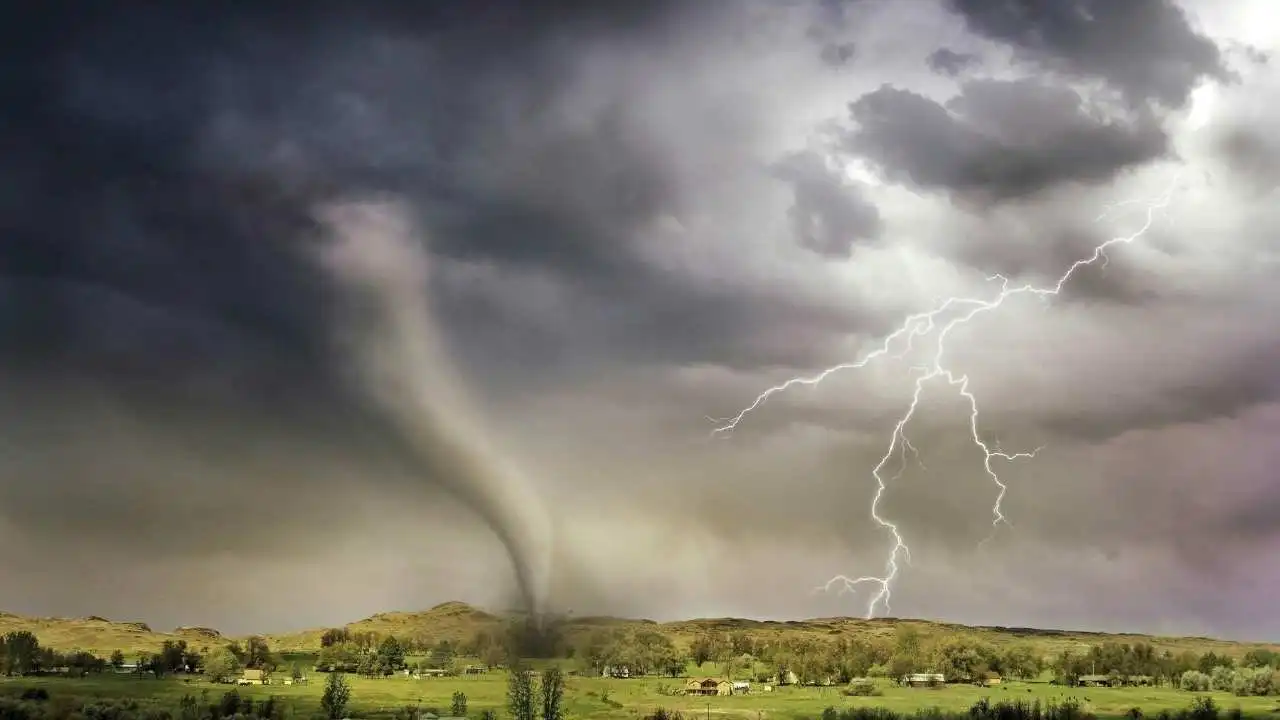The tallest poison ivy in the world is in Ontario, says Guinness
As it happens4:16The tallest poison ivy in the world is in Ontario, says Guinness
When Robert Fedrock first came across what is now a Guinness World Record-holding poison ivy, he wasn’t quite sure what he was looking at.
“The creeper is so big that it resembles a hairy creature at eye level stranger things,” said Fedrock As it happens host Nil Koksal.
But when he looked up—all the way up—he saw the telltale trifold green foliage of a poison ivy, climbing up a white ash tree.
It was by far the tallest poison ivy he had ever encountered in the wooded area of his farm in Paris, Ontario, where he spends much of his time hiking and observing the wildlife. And, according to Guinnessit is, as of March 12, the highest on record anywhere in the world.
The plants tend to grow between 60 and 90 centimeters, according to the Ontario government. But surveyors measured it at 20.75 meters, which Guinness says is the length of two school buses.
“We didn’t use school buses to measure it, but that would be a fair representation,” Fedrock said.
As the name suggests, poison ivy produces an oily sap that feels poisonous, usually leaving those who handle it with a nasty rash.
Fedrock was clearing a walkway through the undergrowth when he discovered the poisonous plant. And he did react to it – although he insists it was “not that bad”.
“It’s a bit compared to a lot of mosquito bites,” he said.
The poisonous properties of the plant may force some people to have it removed from their land. But Fedrock wouldn’t think about it.
“I think it’s a majestic plant. I think it’s beautiful,” he said. “I think cutting it down would, yes, be a horrible thing to do.”
Dangerous – but important
Poison ivy is native to Ontario and plays an important role in the ecosystem, providing a food source for local wildlife, says biologist Brendon Samuels, a doctoral student at Western University in London, Ontario, with a penchant for native plant life. .
While ivy can grow enormously tall under optimal conditions, he says it’s rare to find such a large one.
“Poison ivy, despite being native, is a noxious weed, which is why it’s managed in many areas. People who see poison ivy growing will tend to come in and get rid of it with herbicides and stuff,” he told CBC .
He says it’s a rare treat to see a poison ivy left alone to thrive.
“You wouldn’t want something like this poison ivy plant growing in a park, for example. But it should exist,” he said.
“It’s native. It evolved here. And so the fact that it has a space where it can thrive… I think it just underscores the importance of those natural areas.”
Probably not Real the highest
Although Paris ivy is the tallest ever recorded by Guinness, neither Fedrock nor Samuels believe it to be the tallest in the world.
In fact, Samuels says he once found one in Melbourne, Ontario that rivaled Fedrock’s.
However, Fedrock is not threatened. He says he reported the plant to Guinness in hopes it would inspire people to beat his record.
“I think it would be great to have people looking for bigger ones,” he said. “The more people know about plants around them, the more respect they have for the environment and the more interest they will take.”

If you find one, Samuels recommends taking a photo from a safe distance and uploading it to a wildlife tracking app like iNaturalist so scientists and local authorities have a record of it.
But look, he said – don’t touch.
“It’s also a good reminder that when you’re in a nature reserve…don’t stray off the trails because you could put yourself in danger.”




